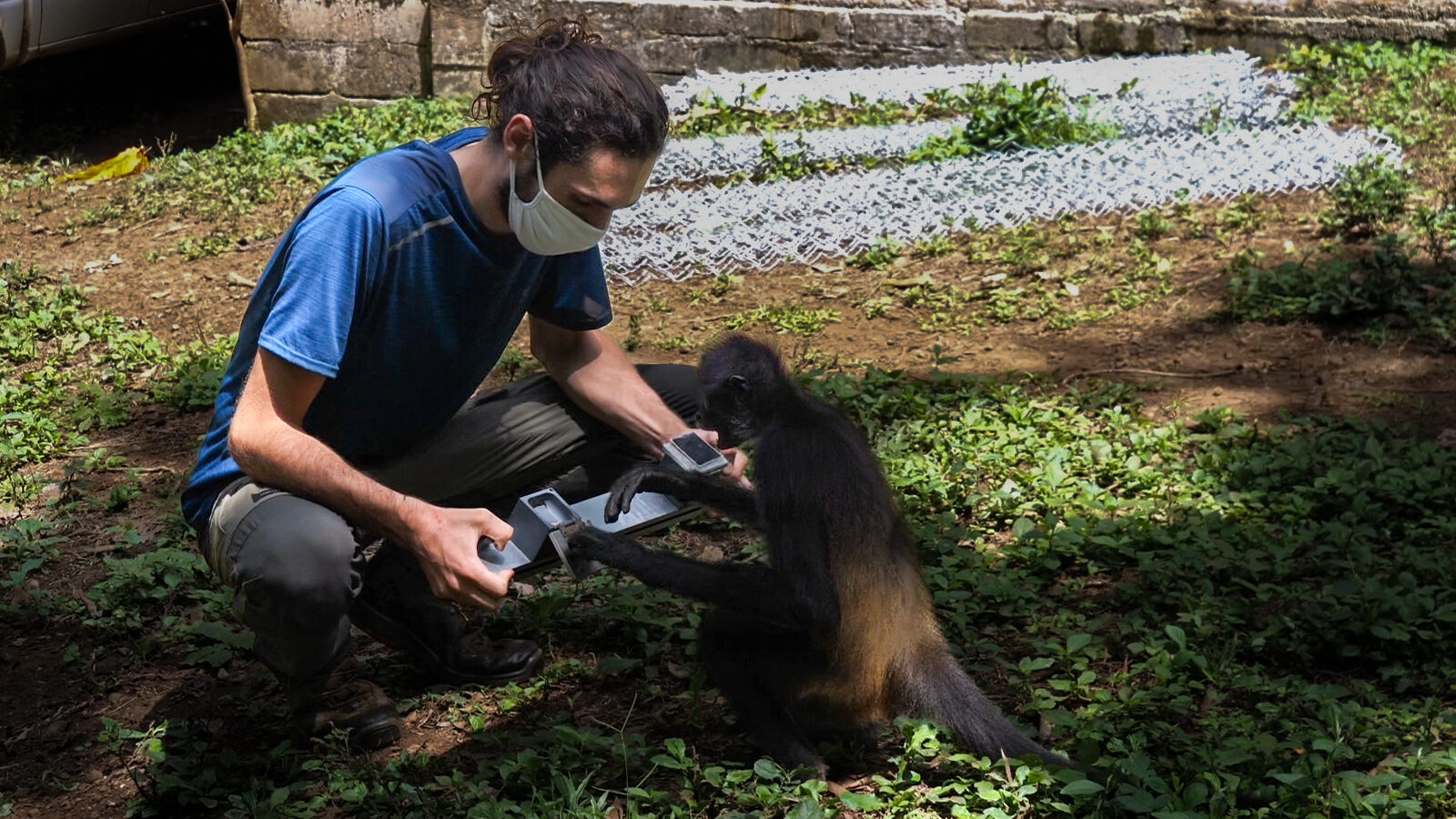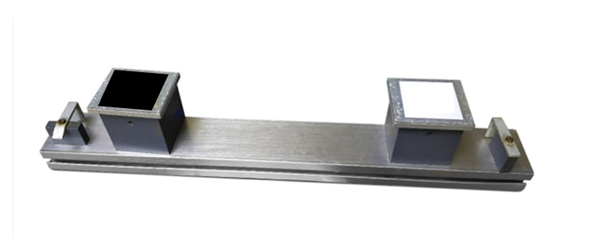Animals
This study involved twelve adult Black-handed spider monkeys, with ages ranging from 4 to 20 years. The monkeys, a mix of both free-ranging and captive, were housed at a field station of the Universidad Veracruzana in Mexico. The captive monkeys were accustomed to participating in studies. and the free-ranging ones were also familiar with human interactions and adapted well to the study environment. Data were collected from May to October 2022.

Experimental design
Reversal Learning:
Our test apparatus comprised a metal bar fitted with two boxes, each having a laminated card of either black or white color. Each box had the potential to contain a food reward. The main task for the monkeys was to understand and learn which color (black or white) was associated with a food reward. Once the monkeys had learned this association, we ‘reversed’ the reward-color link. If black was previously the rewarded color, it was now white, and vice versa. The monkeys’ adaptability to this reversal was a primary focus of our assessment.
Learning-Set Formation:
We used the same apparatus as in Experiment 1, but with a slight modification: the boxes were fitted with cards that exhibited different black-and-white shapes instead of solid colors. The monkeys were tested on their capability to associate specific shapes with a food reward and we monitored how quickly they could learn these associations across a set of 20 different and ordered shape pairs.
Long-Memory Test:
For this test, we used the same apparatus but fitted the boxes with cards displaying the first pair of shapes used in the learning-set formation task: after a 12-week gap, we aimed to assess whether the monkeys were capable of remembering the first shape-reward association in a single-trial test.

reversal learning cards: solid black and white